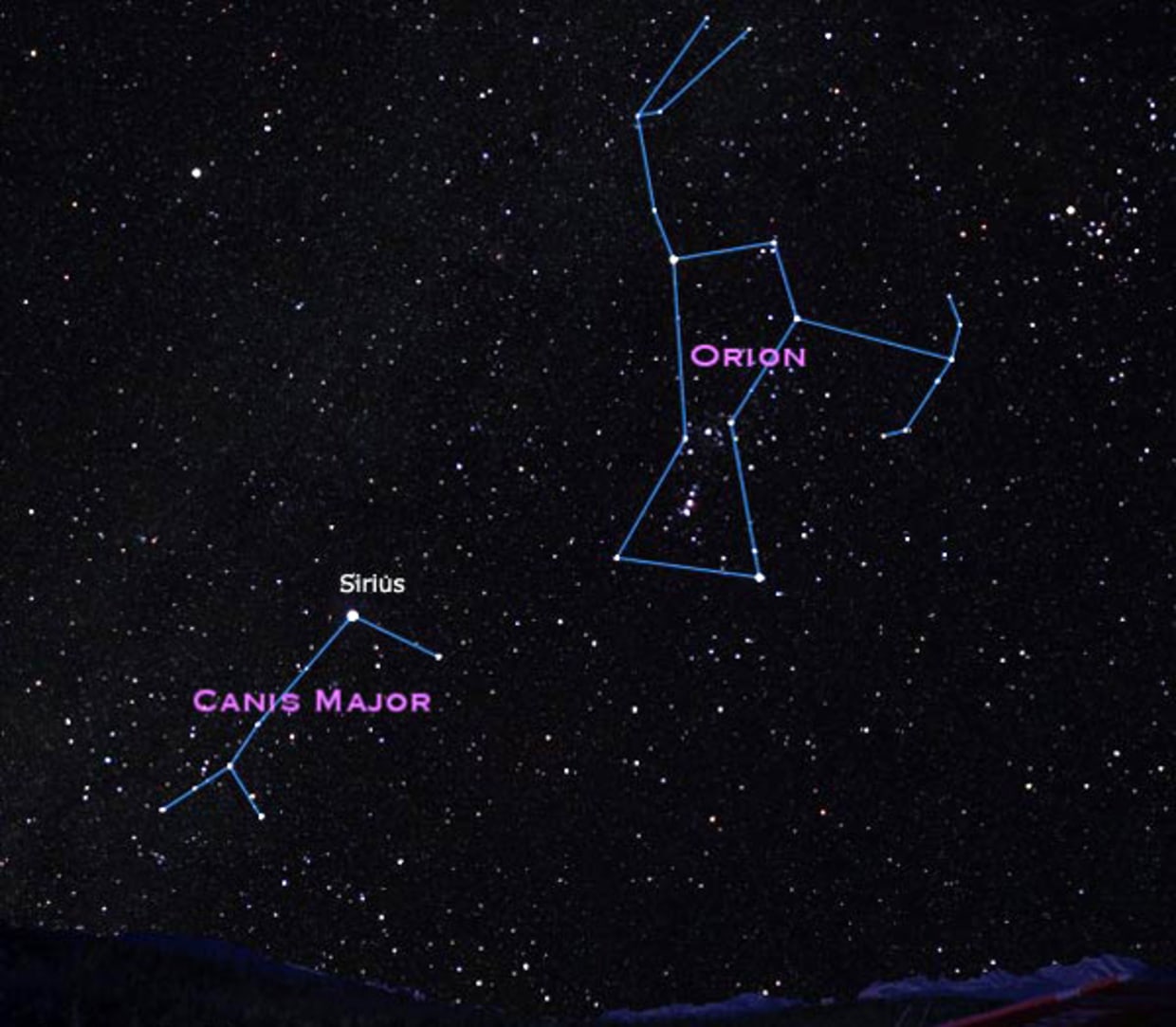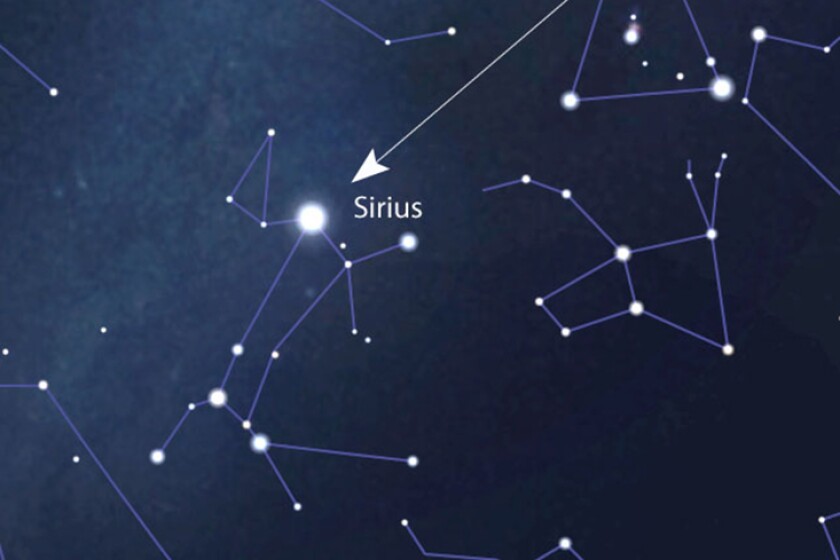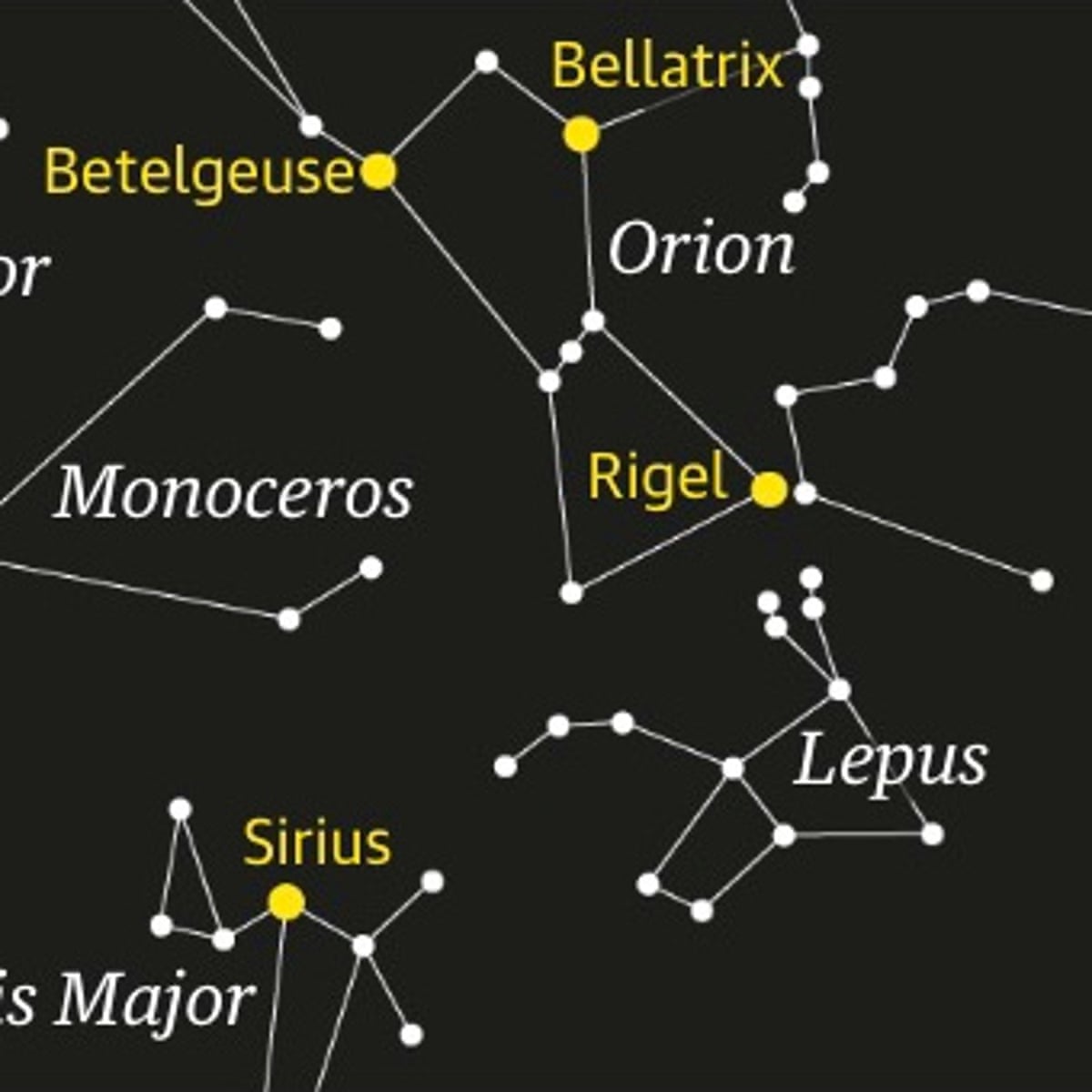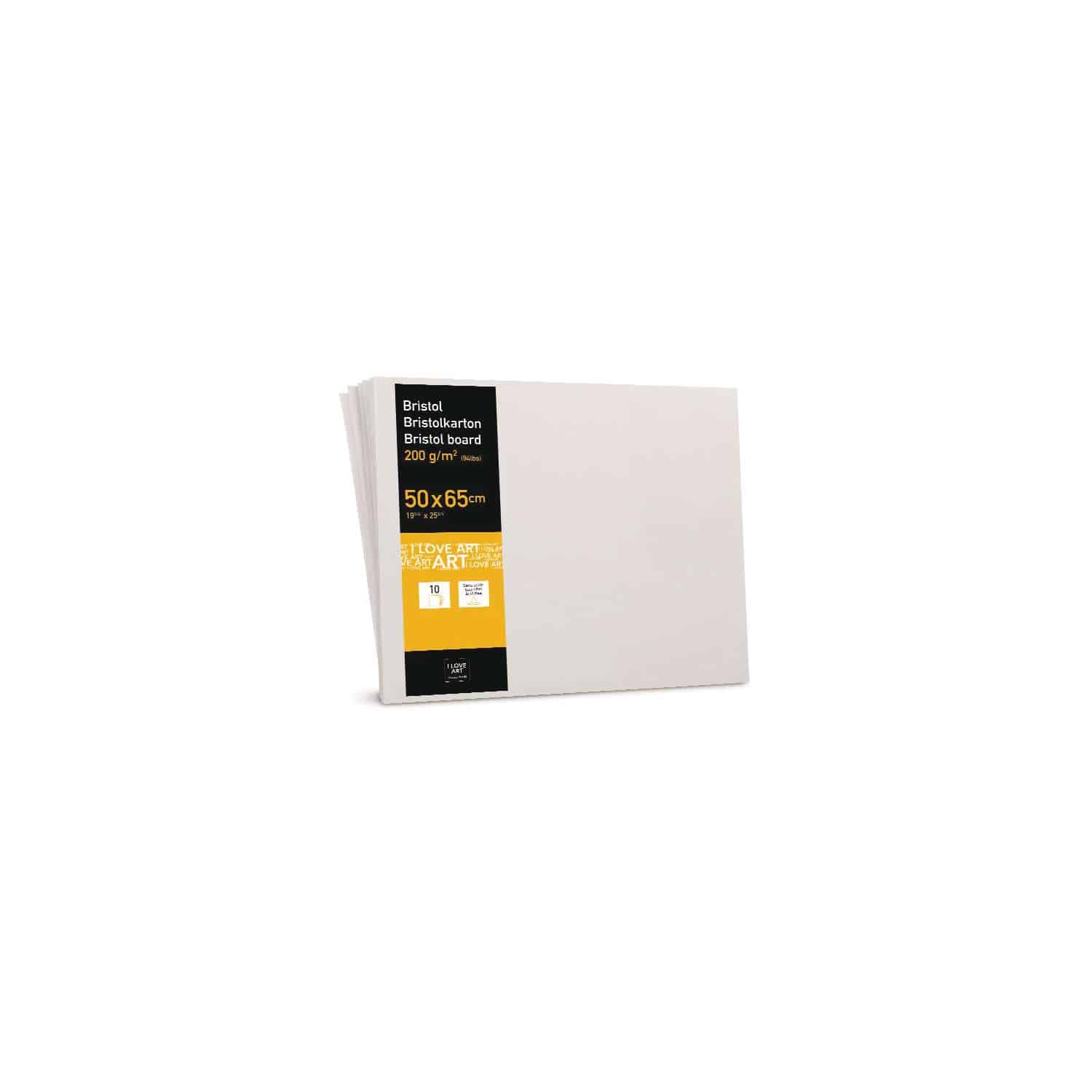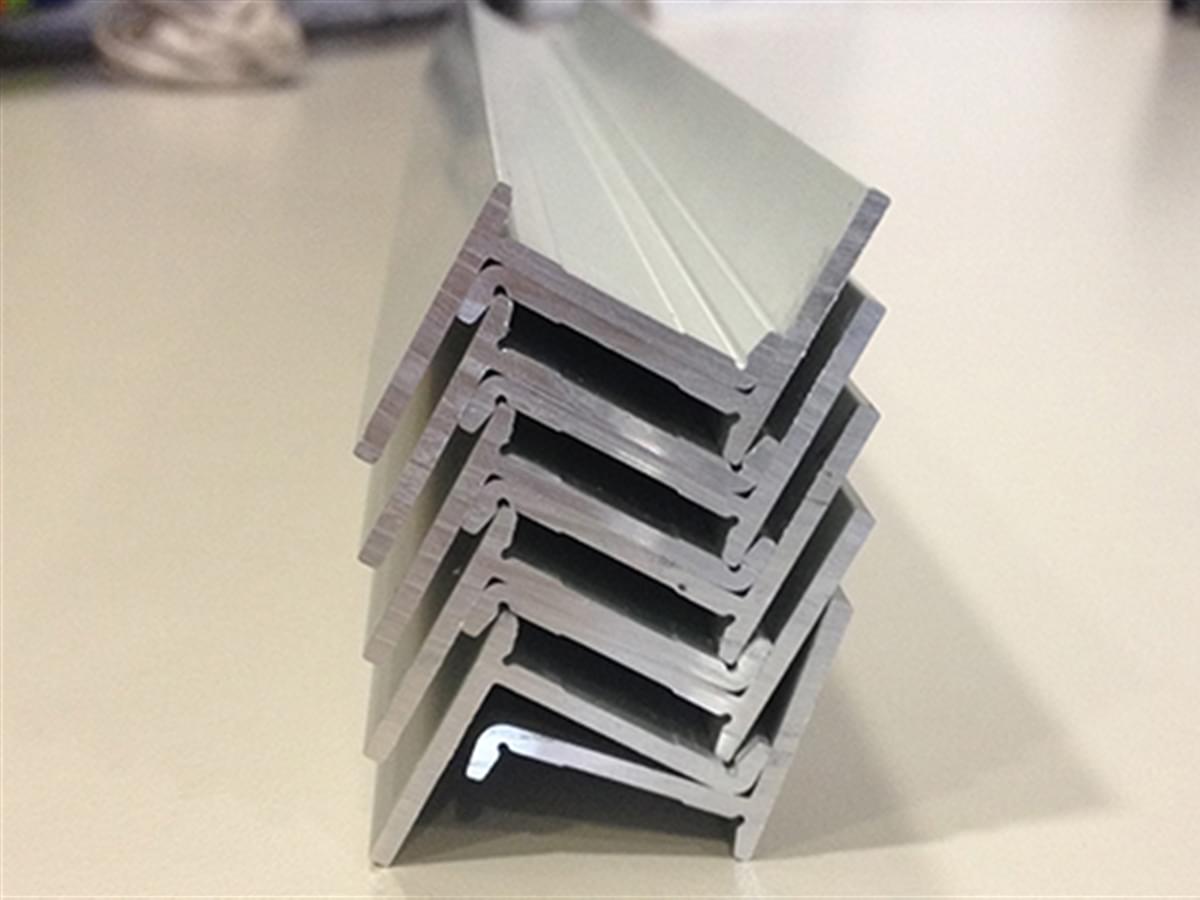Sirius, our brightest star, is orbited by a white dwarf — a dead star's core. Where is the planetary nebula that would have formed when it shed its skin?
Par un écrivain mystérieux
Description
The brightest star in Earth’s night sky, Sirius, is orbited by a white dwarf — a dead star’s core. This binary companion would have lost its planetary nebula nearly 100 million years ago, leaving nothing to see today.
If a solar system were based around a blue dwarf star, would the look of the sky change? The look of the planet? How would climate be affected? - Quora
What would be the result of a star exactly at the Chandrasekhar limit? Would it make their fate difficult to determine (White Dwarf vs Supernova), and do any such stars exist?

Stars, Page 46 of 128
Can planets form without stars? - Quora

Beneath the light of Sirius lies a dangerous celestial body
Can there be life in the Sirius star system since that star is a red giant? - Quora

Distant Earths: exoplanets with potential
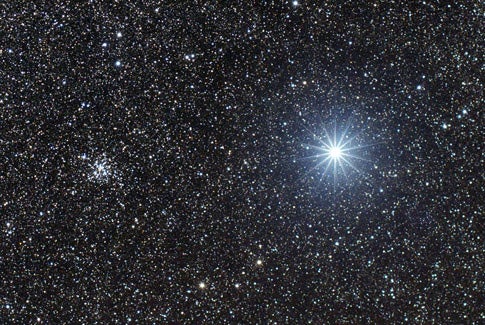
Sirius, our brightest star, is orbited by a white dwarf — a dead star's core. Where is the planetary nebula that would have formed when it shed its skin?

De Anza Astronomy by Steven Stevens - Issuu
depuis
par adulte (le prix varie selon la taille du groupe)

